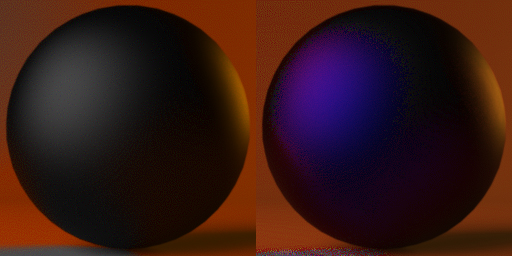

#Maxwell render materials layers Patch
To put a rusty patch on otherwise shiny metal, UV map the (image) texture to the model, use a second (greyscale) image in a texture chanel (mapped to UV not orco so it uses the same coordinates as the UV texture) and map it to NOR. If youre new to using Maxwell Render, youll find this step-by-step guide a huge time saver for getting ultra-realistic, sophisticated Maxwell materials like frosted glass, stone, wood, concrete and more into SketchUp. Maxwell Render Studio 4.2 Free Download, Standalone Rendering Engine, Render Images, Render Engine, Rendering Tool, Animations and Graphics Renderer, Maxwell Render Studio 4. Therefor, the easiest way to put lipstick on (because it looks like plastic) is to use a seperate material for that part of the mesh (and of course use the shaders and textures) to simulate plastic. First you must convert that image in Photoshop to a 32-bit format under the Mode tab in the menu, and then save it as an Open EXR. We can make any image into an Emitter material in the Maxwell Editor.
#Maxwell render materials layers skin
The strength of the shading will be (influenced) calculated by 1) the contrast of the texture (greyscale is good because of the absolute transition from black to white), 2) whether it is mixed, added, mul or sub, and 3) the value of “var” slider.īecause you have only one material in blender (if you are successful) skin will look like skin and plastic will look like plastic. Make sure your BSDF layer values add up to 100 Step 14: Maxwell material basic. Diffuse has three options and specular has four and you tell them where on the model to map their shades (values) by using a dedicated texture chanell mapped to one (or more) of the functions at the top of the “Map To” panel. In blender each material has two shaders, one diffuse and one specular. Download Maxwell Render Studio 5.1 Free, Maxwell Render Studio 2020 v5. What are meta-materials used for: Meta-materials are currently used for six main purposes10 1. You can do it in blender, just not the same way. So, unlike natural materials, the behaviour of meta-materials depends upon the properties of the materials that they are made of and the distinct way they are put together, not the chemical sub-atomic structure.


 0 kommentar(er)
0 kommentar(er)
